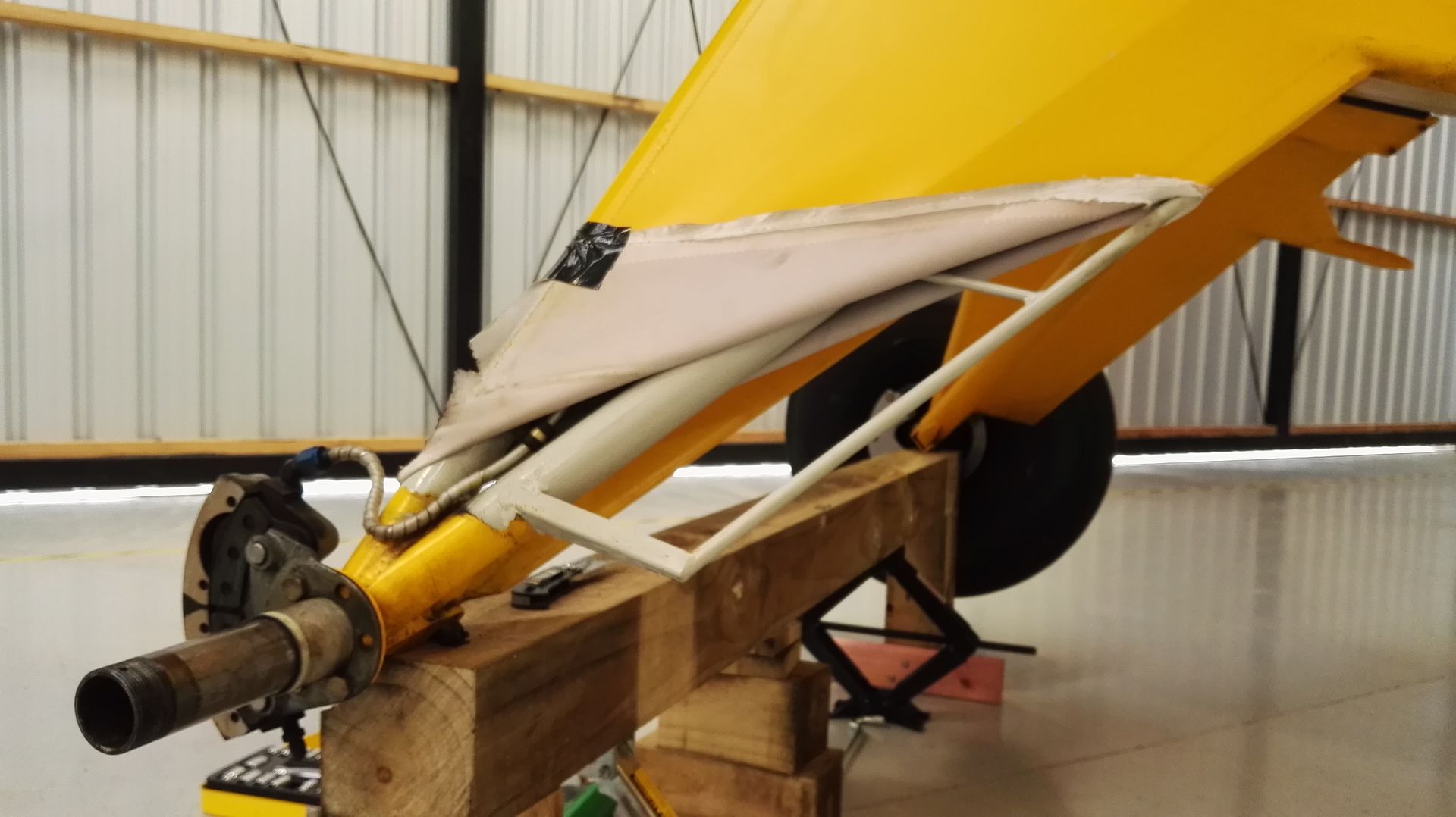I was reading the latest bear tracks about the brake system hardware and it got me thinking, why couldn't I use flexible brake lines like in my friends RV? Less fittings to leak, lighter and possibly cheaper.
I looked it up in Spruce and for the NSR tubing ( rated for 2500 psi) and all the fittings would cost around $65. I did some checking and the 1/4" tubing will just slide through a 3/8 aluminum line so my plan is to use that as sort of a conduit through the gear leg so I could also eliminate the need for inspection covers.
Looking for some opinions.
Thanks
I looked it up in Spruce and for the NSR tubing ( rated for 2500 psi) and all the fittings would cost around $65. I did some checking and the 1/4" tubing will just slide through a 3/8 aluminum line so my plan is to use that as sort of a conduit through the gear leg so I could also eliminate the need for inspection covers.
Looking for some opinions.
Thanks





Comment